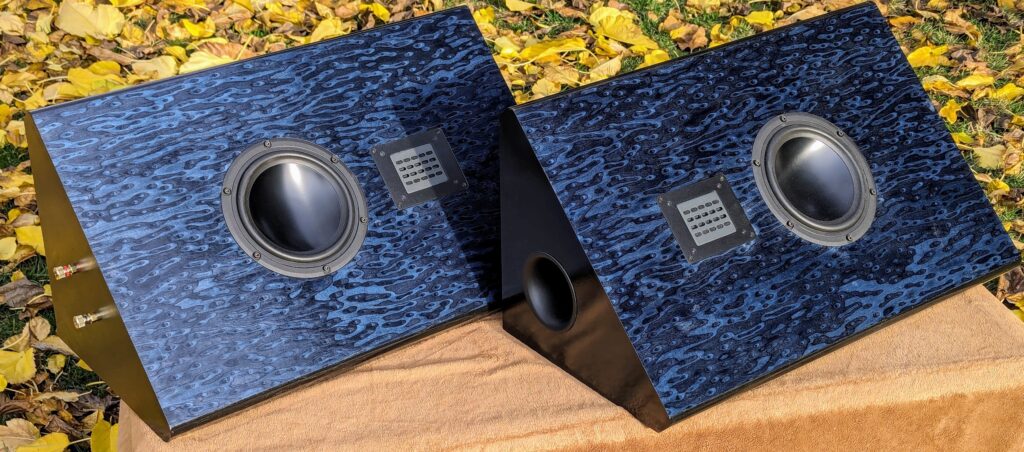
Speakers for the speaker shop

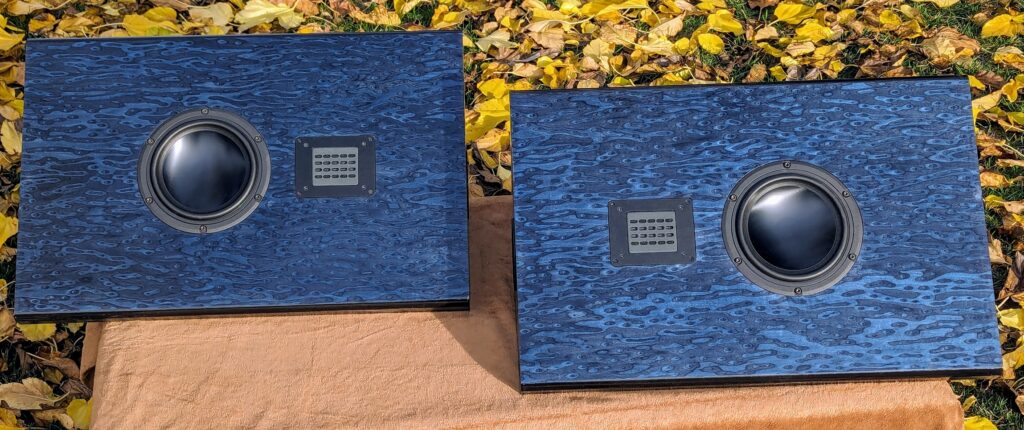
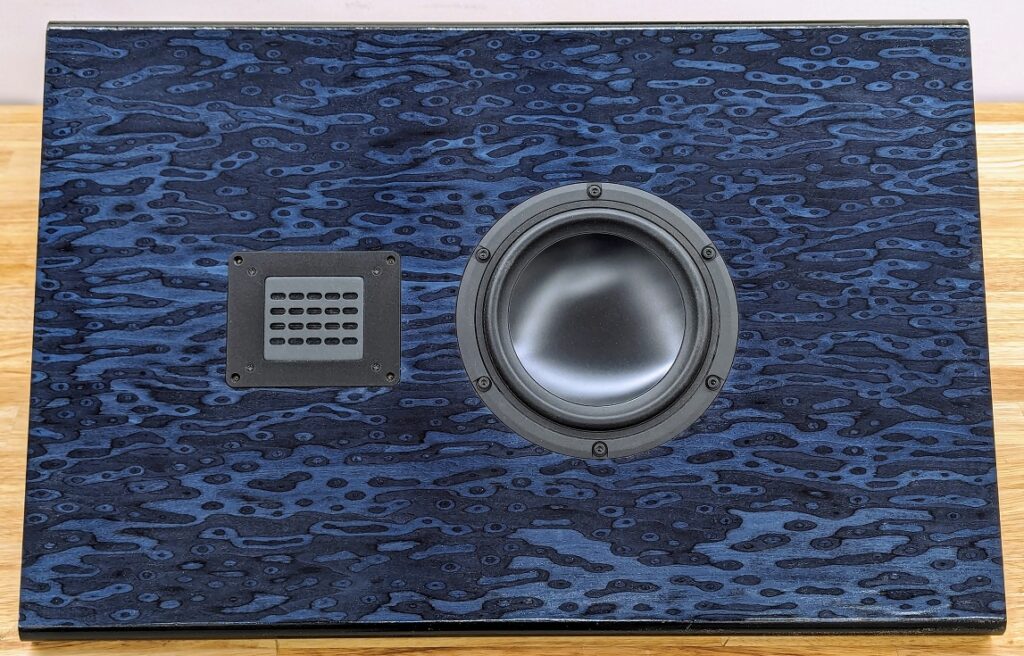
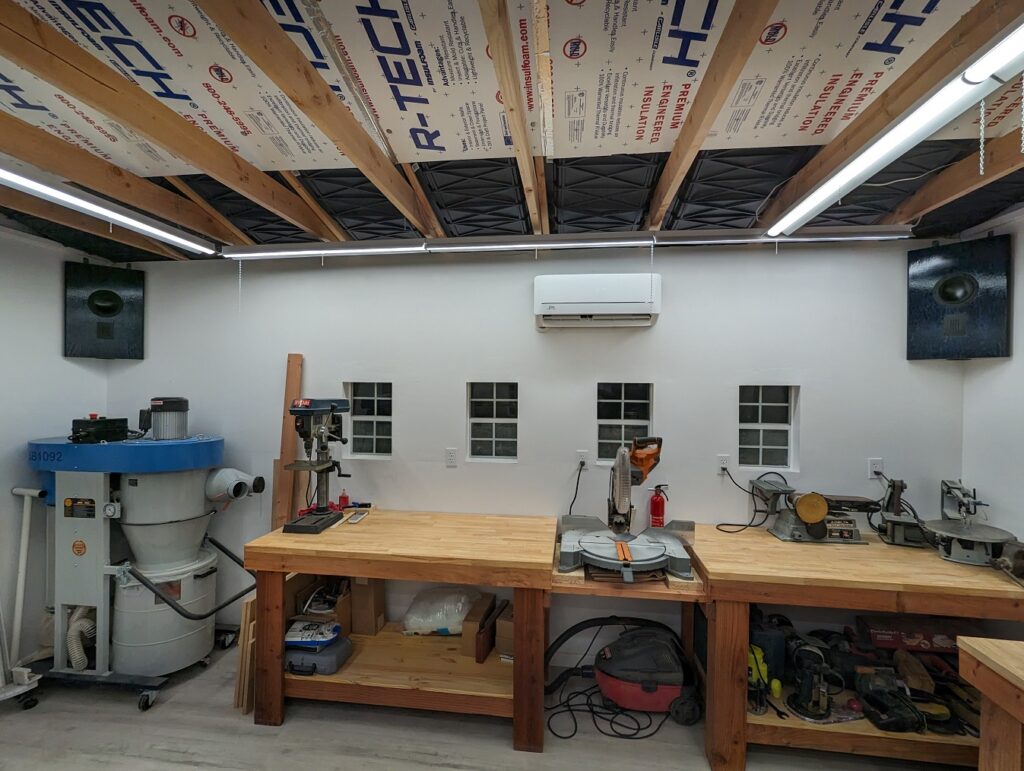

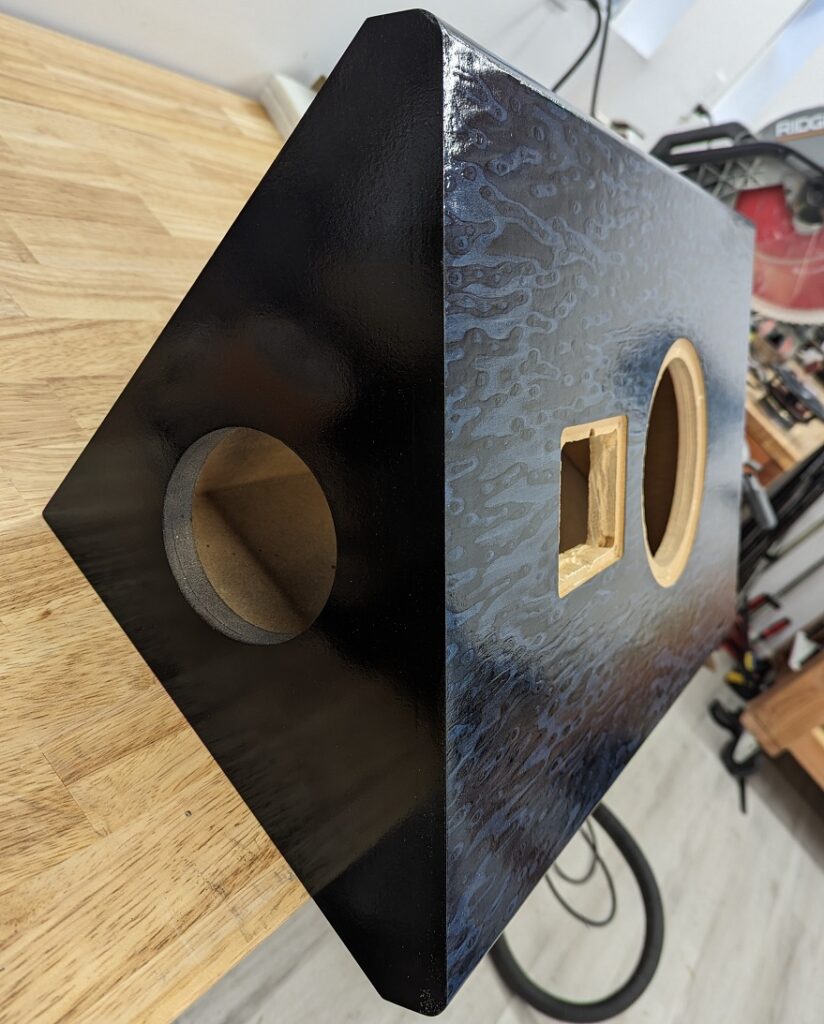
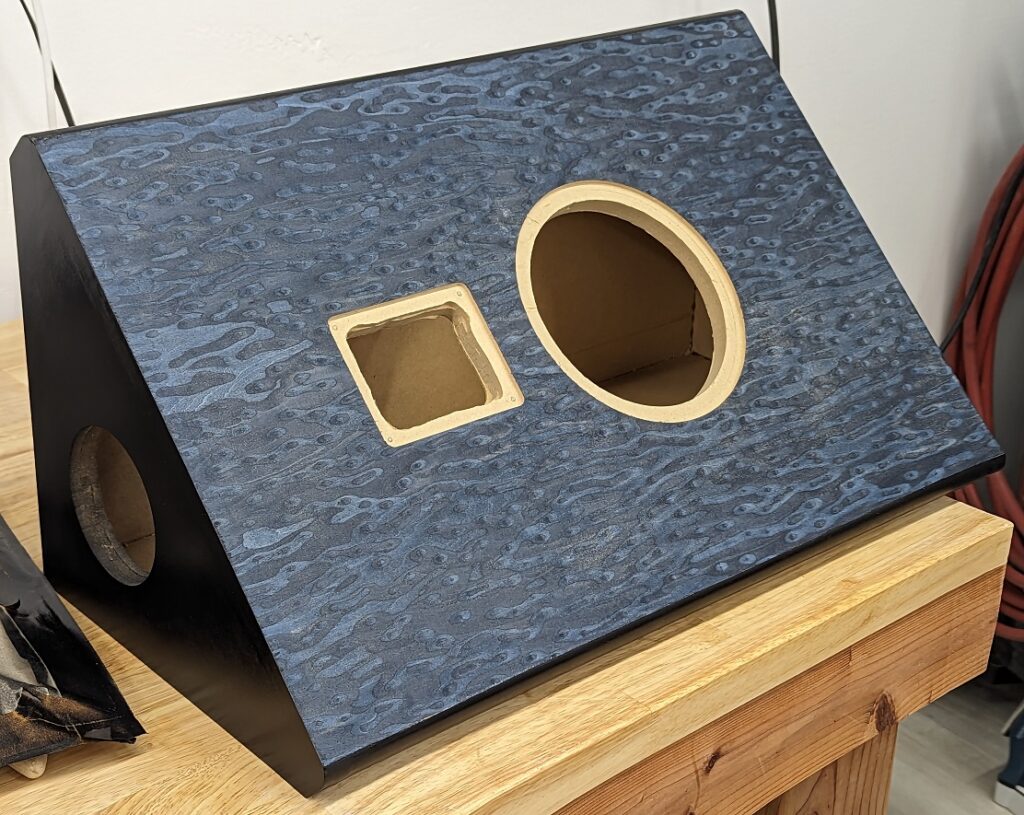

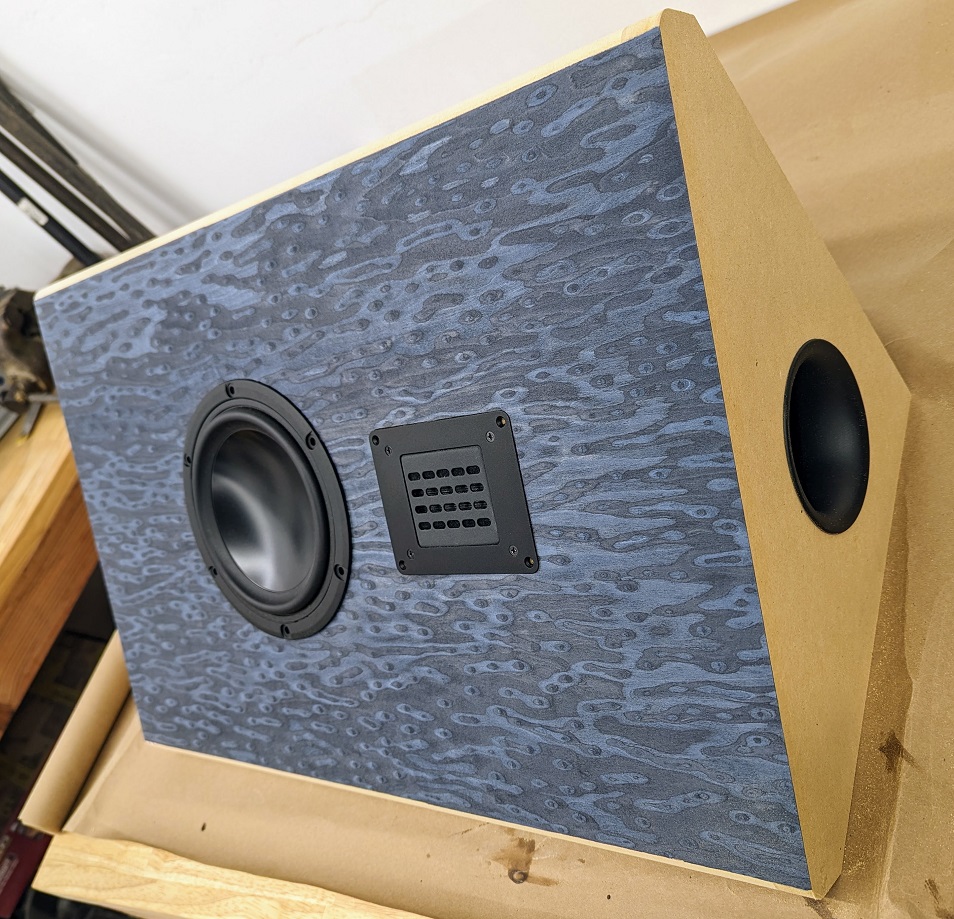
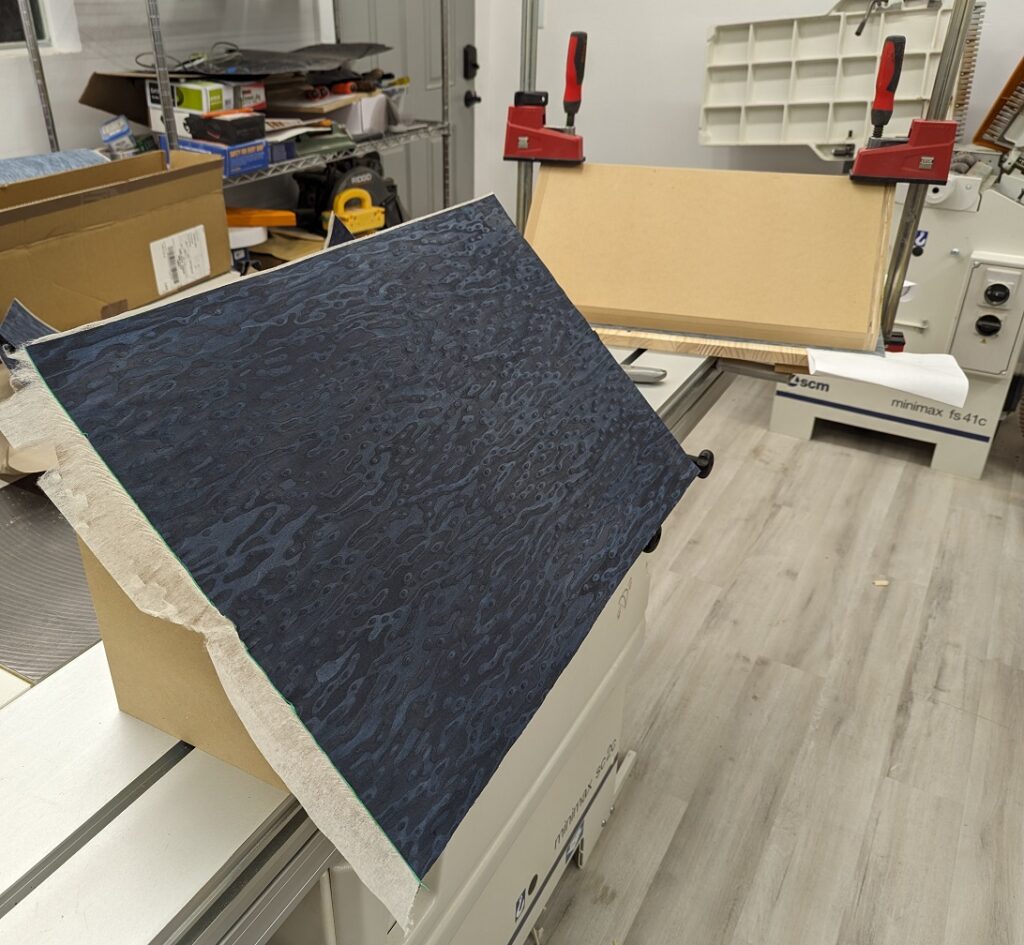
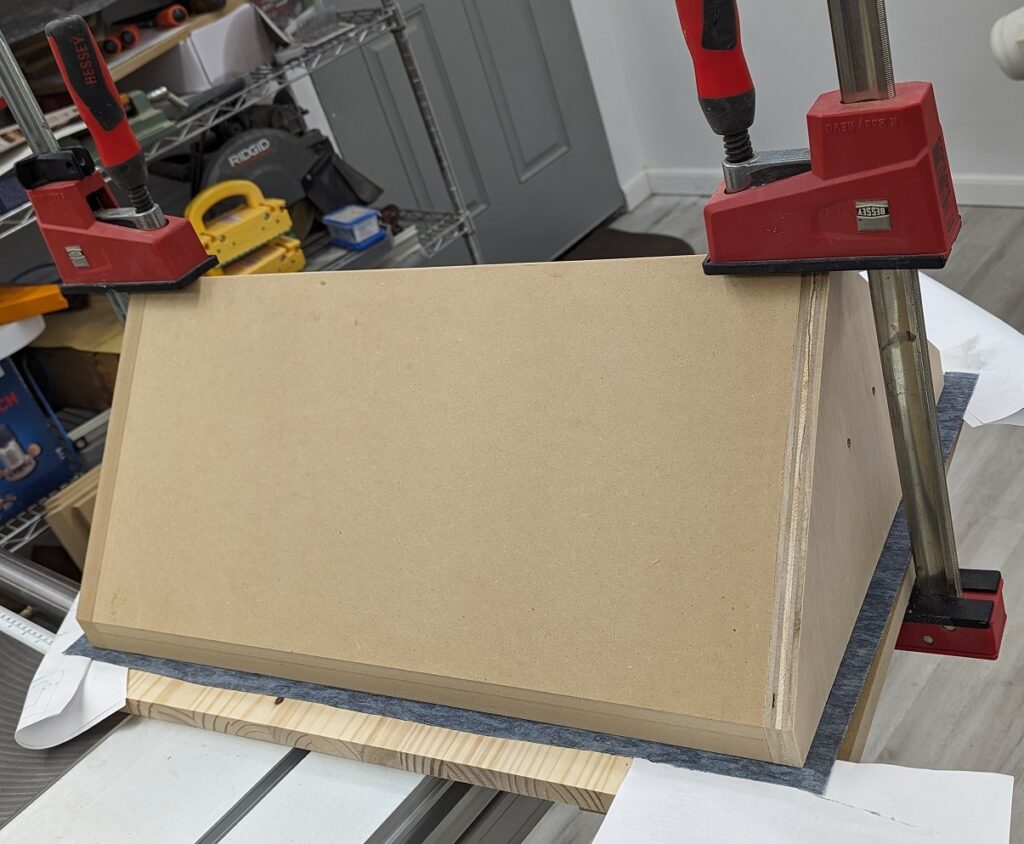
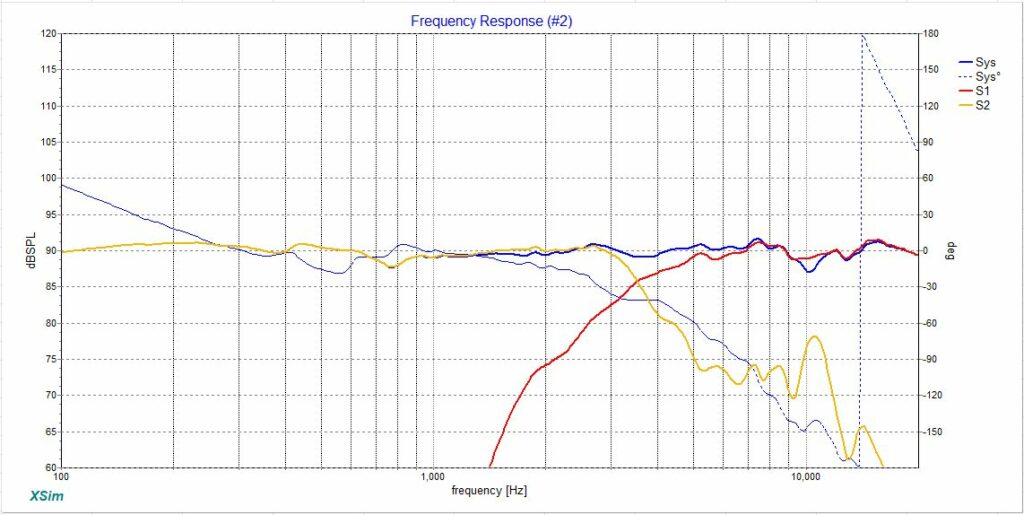
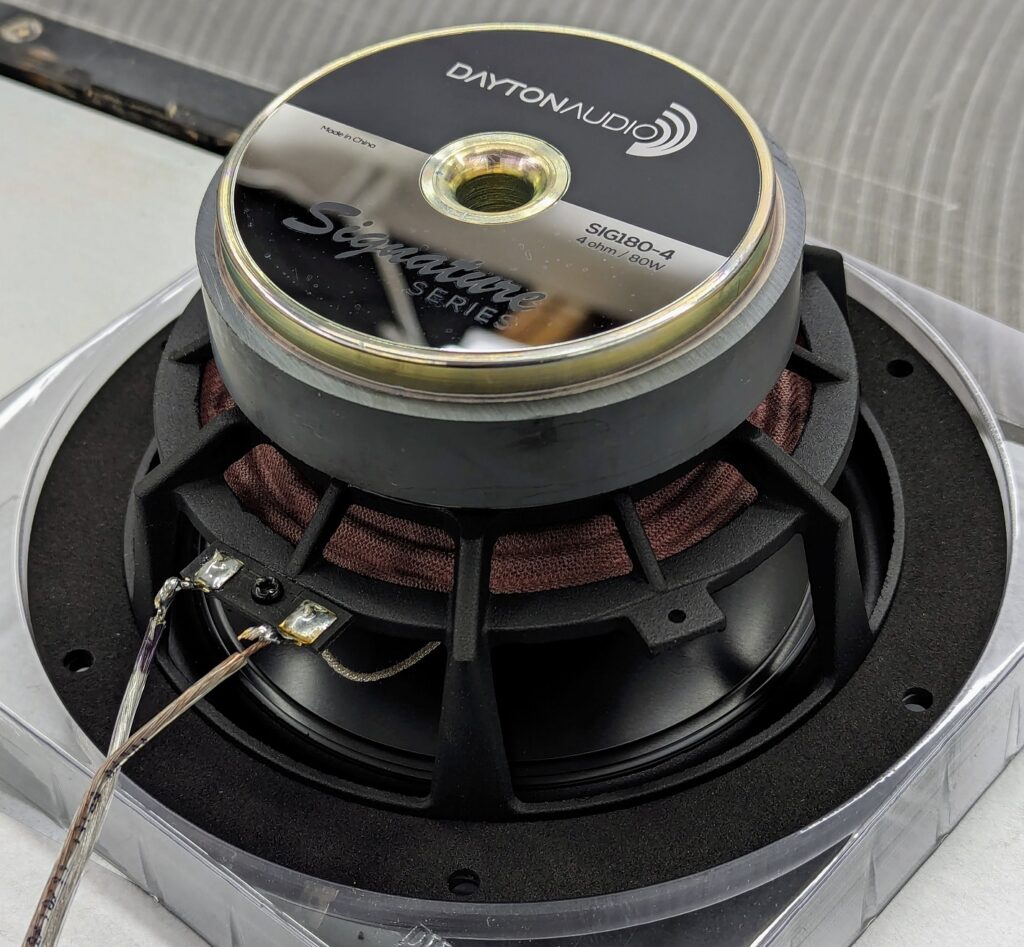
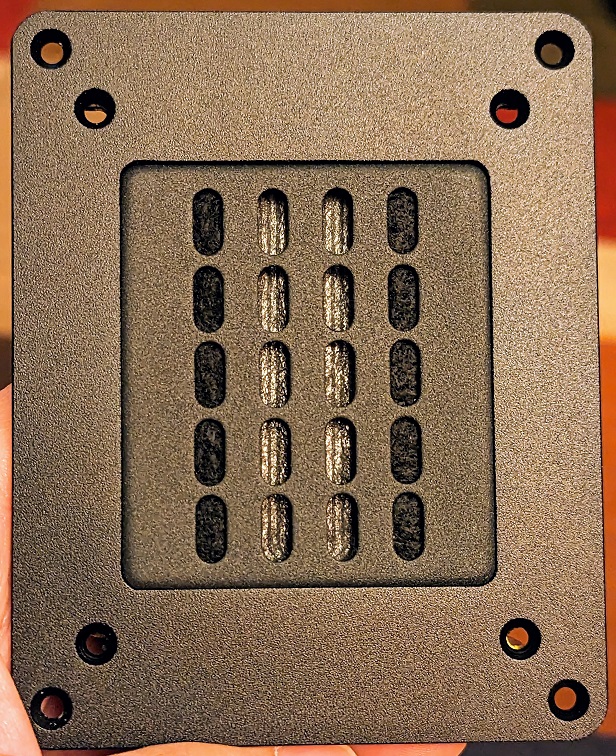
Designer:
Bobby Kinstle
Project Category:
Bookshelf Speakers
Project Level:
Intermediate
Project Time:
8-20 Hours
Project Cost:
$100-$500
Project Description:
I needed some good speakers for my wood shop so I can enjoy good speakers while I’m making good speakers. I was looking at good midranges like the SilverFlute when Dayton dropped the Signature Series woofers onto the market and they simulated really well so I decided to see what they could do.
Design Goals:
The speakers needed to play high quality music but also mount high up on the walls to help protect them from shop dust and me bumping them with large hunks of wood or pipe clamps.
Driver Selection:
Since it was a 2 way I wanted something with decent bass. Of the signature series up to 6.5” (the 8” wasn’t available at time of purchase) I liked the SIG180-4 the most because of it’s better bass performance but also because it had a strong natural roll off above 3khz and table top flat up to the point. I opted for the GRS PT2522C ribbon tweeter for it’s reasonable cost, flat response, low crossover point with the back cup version, and it was short enough that mounting higher than optimal wouldn’t cause too many beaming issues. Plus it had an attractive faceplate option, and GRS published the FRD/ZMA files like Dayton does. This made it super easy to simulate both drivers and I realized they matched up extremely well with each other.
Enclosure Design:
To keep the profile out of the way as much as possible I went for a half box with a 45 degree face angle using OnShape free CAD. This removes big boxes sticking out of the wall for me to hit with things and it angles the drivers towards the room for better sound dispersion. This is important to me since I use every part of the shop at one time or another. The tweeters mount on the bottom to be closer to my ear level. Down firing ports direct the bass into the room and make a tall column that sawdust shouldn’t be able to climb up. Lastly I opted for a beautiful blue birdseye maple veneer on the front. I sawed off the 45 degree corners of the box and applied a large roundover profile to minimize the baffle width and edge diffraction. The downside to a corner box is it’s a lot more difficult to get a large internal volume and the baffles are very wide.
Crossover Design:
I wanted to exploit the woofer’s natural roll off and build a minimalist crossover. Initially I wanted nothing on the woofer and a 2nd order on the tweeter but the woofer’s slope was steeper than 2nd order and its 10khz breakup was strong enough to influence the tweeter even with a 3.5Khz crossover point. Adding an inductor on the woofer steepened the slope slightly (not 6dB because the impedance was rising) enough to align with a 3rd order butterworth slope on the tweeter and pushed the 10Khz breakup down lower. Reversing the tweeter polarity and taking 3.8dB off with LPad makes the two drivers integrate seamlessly and carries the flat response all the way up to the top. There is a slight dip right at 10Khz as the tweeter output ends up canceling the breakup mentioned earlier and it’s too narrow to notice. Pretty nice with only 6 components.
Tips & Tricks:
Seal MDF with sanding sealer before applying any other finish.
Downloading ZMA and FRD files and trying to build a crossover before ordering parts really helps dial in the design and give you a good idea of what you’re going to get.
It’s good to re-run ZMA and FRD in the enclosure. ZMA is easy with a DATS but FRD is much harder without a proper acoustic recording space. Turning the volume up to 1 watt helps.
Tweak component values in crossover simulation using increments of values you can actually buy and see how it plays out on the simulation
Applying automotive dampening material to the back of the box prevents vibration for wall mounts. Not all of it, just the bottom
Conclusion:
The speakers are incredibly neutral. Not everybody likes the sound of a truly flat speaker, but the nice thing is that the slightest tweak of a tone control or EQ can make the speaker be any character you want it to be. They have incredible detail playback especially on the tweeter. I can hear tiny sounds like the guitarist breathing without the slightest trace of harshness. These tweeters don’t have a strong attack but that’s fine with me since the shop is entirely hard surfaces. No problems with sibilance either.
The woofer delivers remarkably neutral and uncolored playback. Vocals are wonderful and music has a strong studio monitor quality to them.
The speakers cover the acoustic instrument range very well and have excellent imaging. F3 is 43hz but group delay starts getting very high below 60hz so they sound a tad boomy on the bottom end. If you have a lot of room gain and don’t listen to bass heavy music there’s a good chance you’ll be fine without a subwoofer. I think they’d pair very well with a powered subwoofer crossed at 90hz or as an extended midrange in a 3 way with a proper subwoofer crossed at 120hz. I need to say that I’m being pretty nit picky here. For the price the SIG180 and GRS PT2252C are both a fantastic value.
About the Designer:
I grew up in the Mojave Desert in a small community of scientists, craftsmen, and engineers. We were the kind of people who didn’t accept “it’s impossible” or “you can’t do that”. If I want something that doesn’t exist, I’ll just make one. Now I manage a team of engineers in the hyperscale server industry and I currently hold 17 patents worldwide.
Project Parts List:
| Part# | Description | Qty. |
| 272-124 | GRS PT2522C-4 3-1/2″ Planar Tweeter with Back Cup 4 Ohm | 2 |
| 295-654 | Dayton Audio SIG180-4 6.5” Signature Series Woofer 80W Driver 4 Ohm | 2 |
| 091-1245 | Dayton Audio BPA-38G HD Binding Post Banana Jack Pair Gold | 2 |
| 260-478 | Speaker Cabinet Port Tube 2-1/2″ ID x 8-1/2″ L Flared | 2 |
| 260-130 | Crossover PC Board 2-Way 12 dB | 2 |
| 257-022 | Dayton Audio 0.15mH 20 AWG Air Core Inductor Crossover Coil | 2 |
| 257-808 | Dayton Audio 0.22mH 18 AWG Perfect Layer Inductor Crossover Coil | 2 |
| 027-582 | Solen 20uF 400V Polypropylene Capacitor | 2 |
| 027-429 | Dayton Audio DMPC-7.5 7.5uF 250V Polypropylene Capacitor | 2 |
| 006-7 | Dayton Audio DPR10-7.0 7 Ohm 10 Watt Precision 1% Audio Grade Resistor | 2 |
| 006-1.5 | Dayton Audio DPR10-1.5 1.5 Ohm 10 Watt Precision 1% Audio Grade Resistor | 2 |

These are very cool but I’m looking more for speaker monitor type instead of the complete triangular wedge and I’m wanting to build a whole box for he backseat of my 85 Nissan 720.I guess i will have to addc another angle onto that triangle I don’t know what angle that would be called but thank you very much for the insite here that those are very cool boxes I’m running Cerwin Vega! 6.5″ strokers component system and then also cerwin_vega! 6,5 ” component w/ additional alpine tweeters. Then on top of that box I’ve got a pair of vintage Pioneer TS-X9 fully fully restored that I plan on putting on top running that with a Macintosh amplifier along with a Alpine amplifier what else could you suggest along with this
I’m not sure the SIG drivers would be very good in car audio since it’s an infinite baffle application. Maybe as a true midrange or in a sealed enclsoure with a proper woofer to bring up the bottom end. They don’t have a lot of XMax and would bottom out pretty easily in a woofer application. If you used them with a subwoofer crossed around 100hz and blocked those frequencies from the SIG-180 and then a dedicated tweeter at 3500hz, it could be pretty good. One last note is that car audio is usually intentionally bright to help cut road noise and these drivers are not bright sounding at all. They may sound dull in a car application.
Great project and even better that it’s for a wood shop ?
I can probably figure it out but can you share the crossover schematic? I have plans to do a similar build with the GRS tweeters I purchased and a mid bass I haven’t picked out yet but the Signature 6.5 looks like a possibility. Thanks